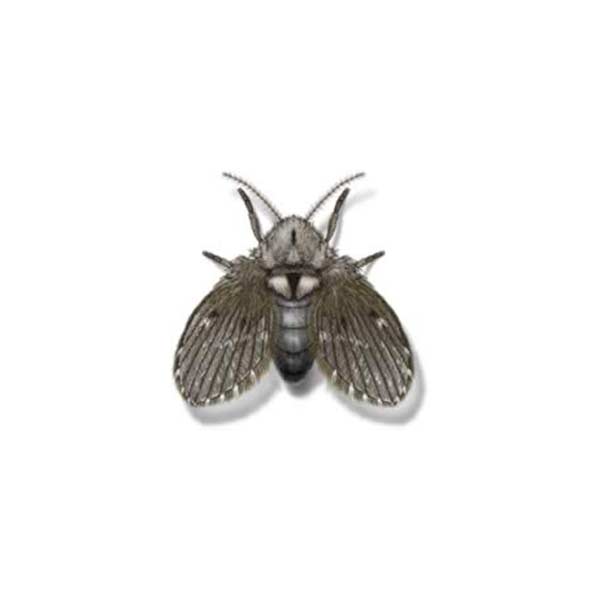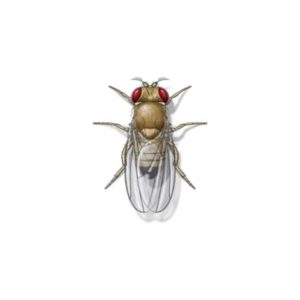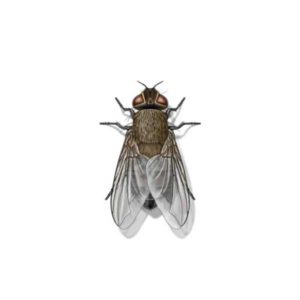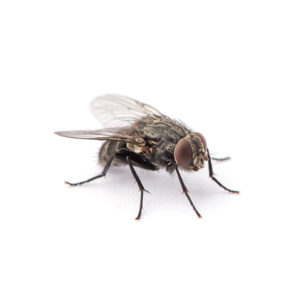Drain Flies in Mid-South TN
Drain flies, sometimes called moth flies, get their name because they often breed in drains. They are found all over the United States and are a huge nuisance in homes, sometimes appearing suddenly from sinks and bathtub drains. They can breed in tremendous numbers in sewage treatment plants and then be carried away by the wind to nearby buildings, where they crawl through fly screens.
Drain Fly Habitat
Drain flies often develop in muck that accumulates in sewage disposal beds, septic tanks, moist compost, or garbage containers. They may also emerge from tree holes, rain barrels, moist organic solids, or bird nests that have accumulated fecal material. Inside structures, they are strongly attracted to light and will be found on glass windows, doors, lamps, and indoor lighting.
Drain Fly Behaviors, Threats, or Dangers
Drain flies do not bite people or animals. They do not damage structures or plants. They can still, however, spread diseases. Their presence is almost always linked to a clogged drain. Bathroom drains are most common in residences. Drain flies are weak fliers, and when encountered, are often found crawling on surfaces and windows.
If you are dealing with a drain fly problem in your property, contact your local fly exterminators.
Need help with Drain Fly control?
We'll call you! Leave your information below.




